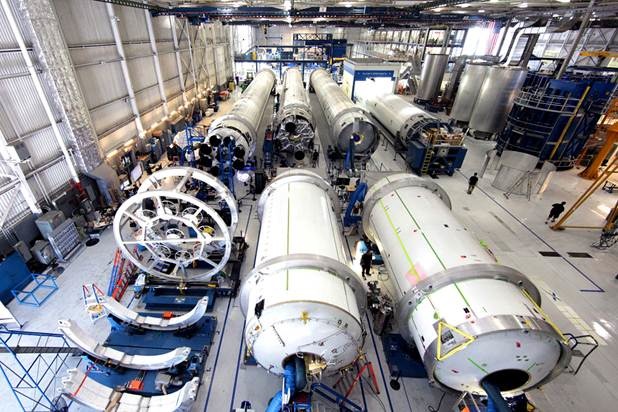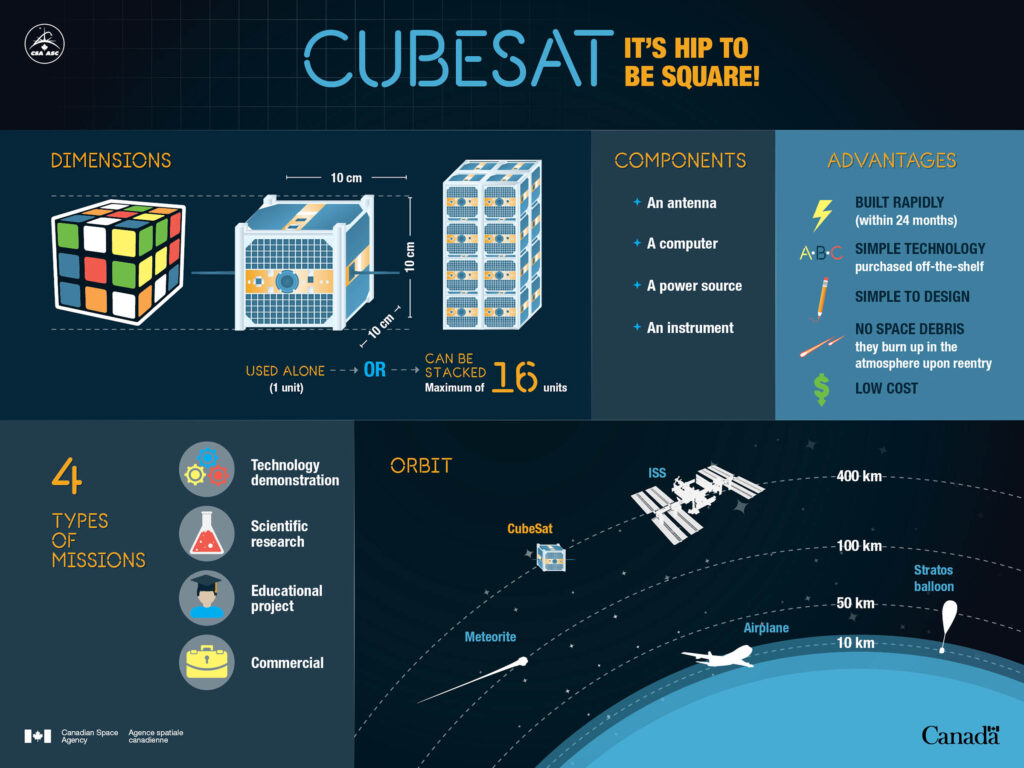By COLIN CLARK
 In the vast swirling enterprise of global security space, the United States must come to terms with the tectonic shifts occurring as commercial companies come to dominate launch, the building of satellites and the sensors and software on which they depend, and figure out how to lead the way. That’s the conclusion of what may become a touchstone study by two of the brightest lights in national security space, Jim Vedda and Pete Hays. Vedda is a space strategist with the Aerospace Corporation and Hays works with the Space Policy Institute at George Washington University. They surveyed more than 30 experts on major areas of concern within the U.S. space enterprise to help leaven the study’s guidance.
In the vast swirling enterprise of global security space, the United States must come to terms with the tectonic shifts occurring as commercial companies come to dominate launch, the building of satellites and the sensors and software on which they depend, and figure out how to lead the way. That’s the conclusion of what may become a touchstone study by two of the brightest lights in national security space, Jim Vedda and Pete Hays. Vedda is a space strategist with the Aerospace Corporation and Hays works with the Space Policy Institute at George Washington University. They surveyed more than 30 experts on major areas of concern within the U.S. space enterprise to help leaven the study’s guidance.
“The United States and other global space actors are participants in a fundamental reordering of many tenets and assumptions that have been long-standing attributes of US national space policy and international agreements,” they argue in the study, published by the Mitchell Institute for Aerospace Studies. “The United States should lead by example. Part of this leadership is creating a path that does more than react to the technical evolution, programmatic developments, or perceived intentions of other countries. The path should serve US national interests by expanding capabilities that enhance security, the economy, and science.”
All you have to do to get a glimpse of how much the global space enterprise has changed is consider how Elon Musk’s SpaceX has morphed from a bold but precarious investment a decade ago to what may become the dominant power in national security launch, possibly supplanting the Boeing and Lockheed Martin entity known as the United Launch Alliance in years to come.
Vedda and Hays put it this way: “For example, business investment is now the driver of most space applications, and ‘smallsats’ (small satellites or miniaturized satellites) are being deployed on orbit on behalf of universities, high schools, and even middle schools. This has been called the ‘democratization’ of space.”
 Parallel to that is a vigorous global effort by governments and companies to build “next-generation capabilities, in some cases with unfriendly or unpredictable intentions,” the authors say. These new entrants to space “recognize the advantages and vulnerabilities of space-enabled business and warfare. As a result, the perception of space as a superpower-dominated (or even government-dominated) domain has faded, as has the notion that space is a sanctuary shielded from the warfighting domain.”
Parallel to that is a vigorous global effort by governments and companies to build “next-generation capabilities, in some cases with unfriendly or unpredictable intentions,” the authors say. These new entrants to space “recognize the advantages and vulnerabilities of space-enabled business and warfare. As a result, the perception of space as a superpower-dominated (or even government-dominated) domain has faded, as has the notion that space is a sanctuary shielded from the warfighting domain.”
Breaking D readers will recognize the results of some of this change. Space is now “congested and contested,” the Air Force has said for several years. It’s a hackneyed phrase, clearly aimed to help explain these complex issues to lawmakers. But it’s also true.
Much of the report deals with space traffic management (how to ensure launches and satellites can occur without rockets and satellites banging into each other or causing hazards to navigation) the impact of the rapidly growing phenomena of small or cube satellites, and the regulatory structure that governs US civil, commercial and national security space.
No comments:
Post a Comment